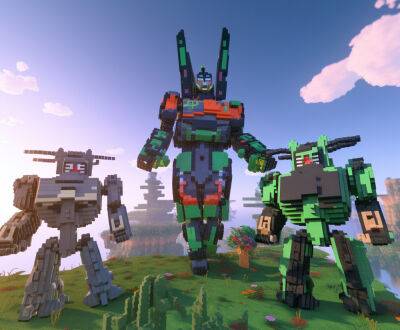7 advanced humanoid robots in the world
Humanoid robots are advanced robots that are designed to look and move like humans. They are often equipped with sensors and cameras that allow them to recognize human faces and emotions, respond to voice commands and carry out conversations. Humanoid robots can be programmed to perform a wide range of tasks, such as assisting humans in daily activities, working in manufacturing plants, providing healthcare services, and performing search and rescue operations in hazardous environments.
Compared to conventional robots, humanoid robots provide a number of benefits. One of their main advantages is that they can communicate with people in a more intuitive and natural way. They are, therefore, ideal for fields like education, healthcare and customer service, where human interaction is crucial.
Related: 10 emerging technologies in computer science that will shape the future
Humanoid robots have a lot of potential, but they are still in the early phases of development and have many obstacles to overcome. One of the biggest issues is their high price, which prevents many businesses and individuals from using them. Furthermore, the creation of humanoid robots demands highly developed engineering abilities as well as expertise in a variety of disciplines, including robotics, artificial intelligence and materials science.
Here are advanced humanoid robots in the world to know.
Developed by Boston Dynamics, Atlas is a 1.8-meter-tall humanoid robot designed to perform tasks in rough terrain. It is capable of walking on uneven surfaces and can lift heavy weights. Its advanced capabilities enable it to navigate through difficult terrains and debris to locate and rescue people.
The Atlas robot is appropriate for use in industrial
Read more on cointelegraph.com
















